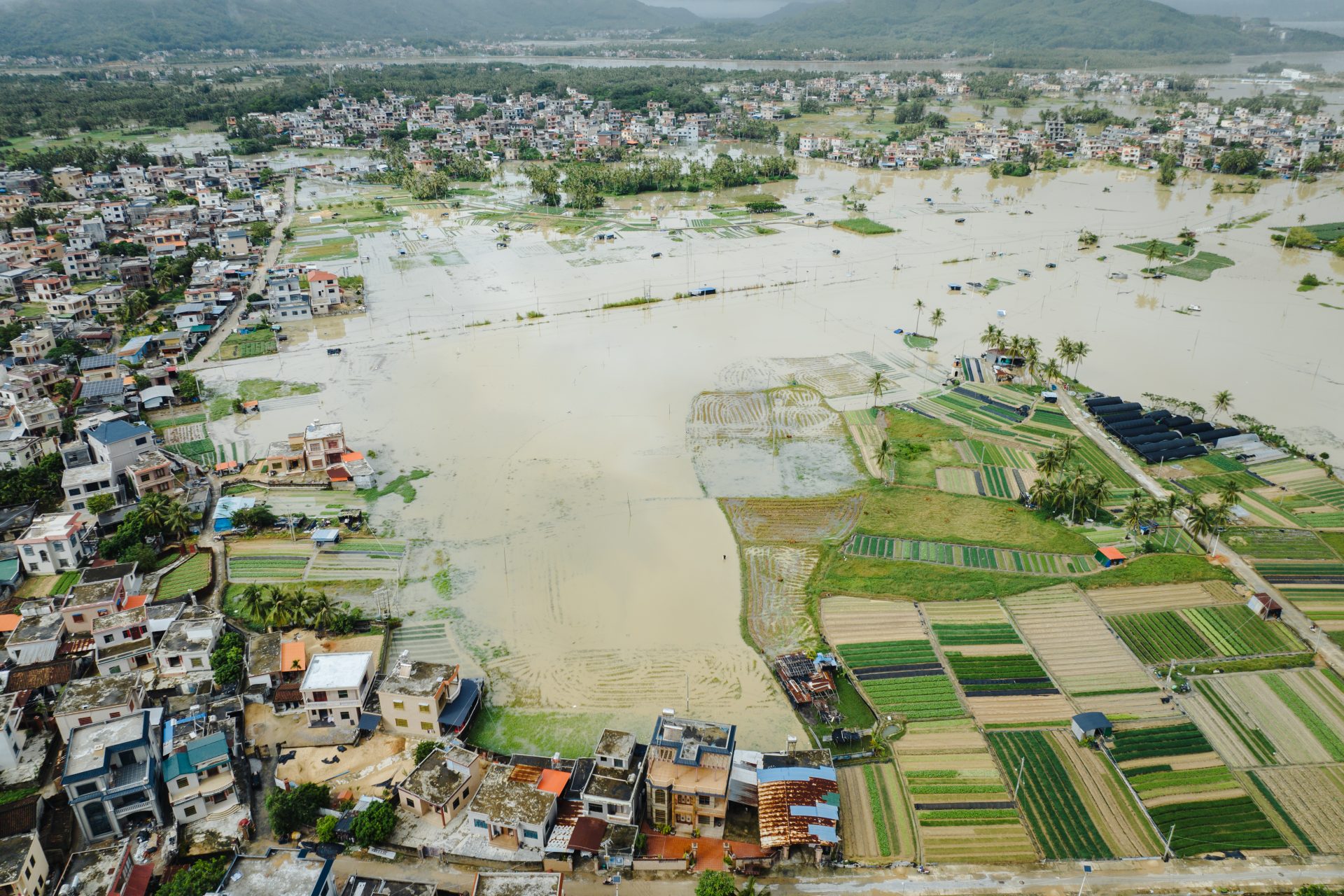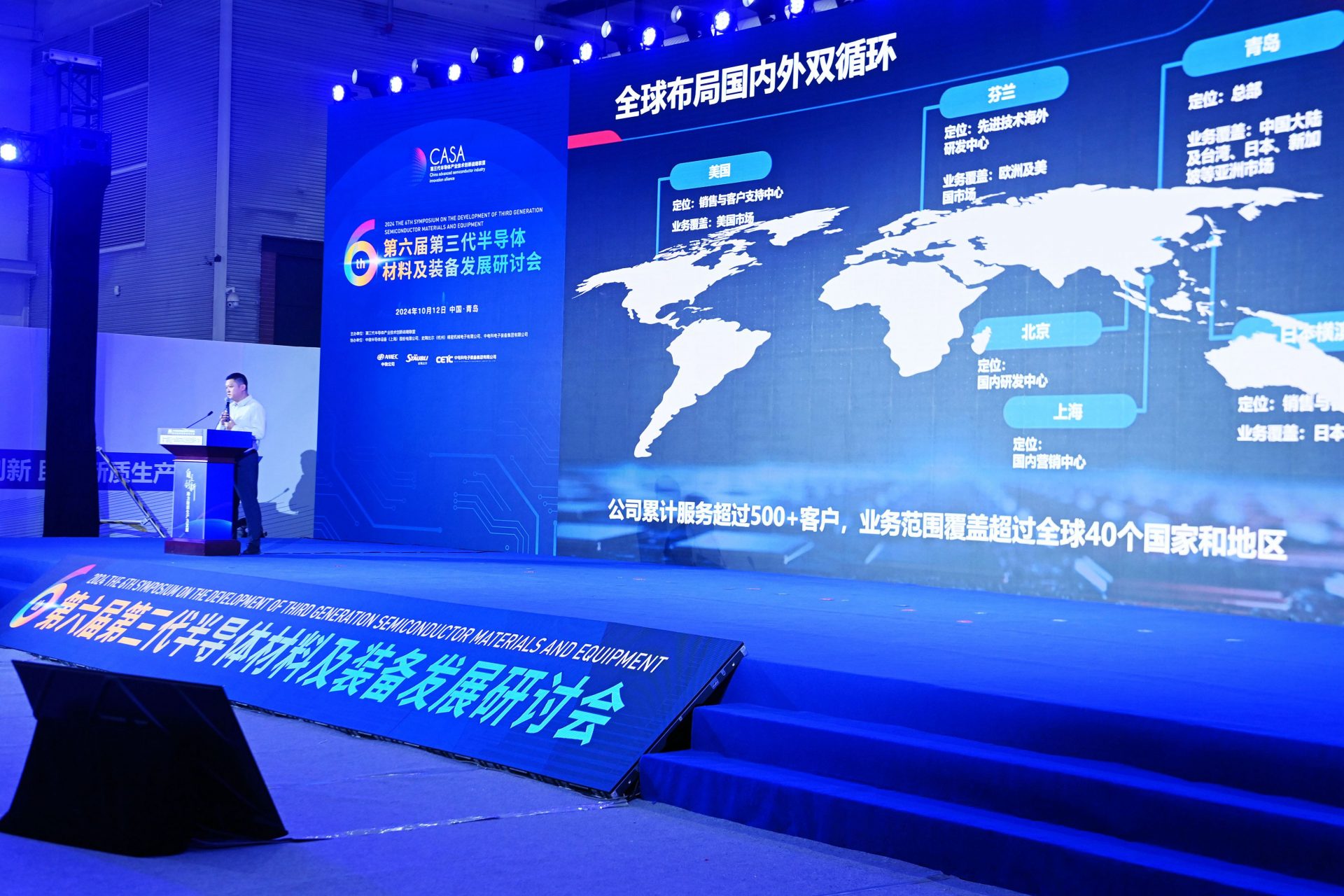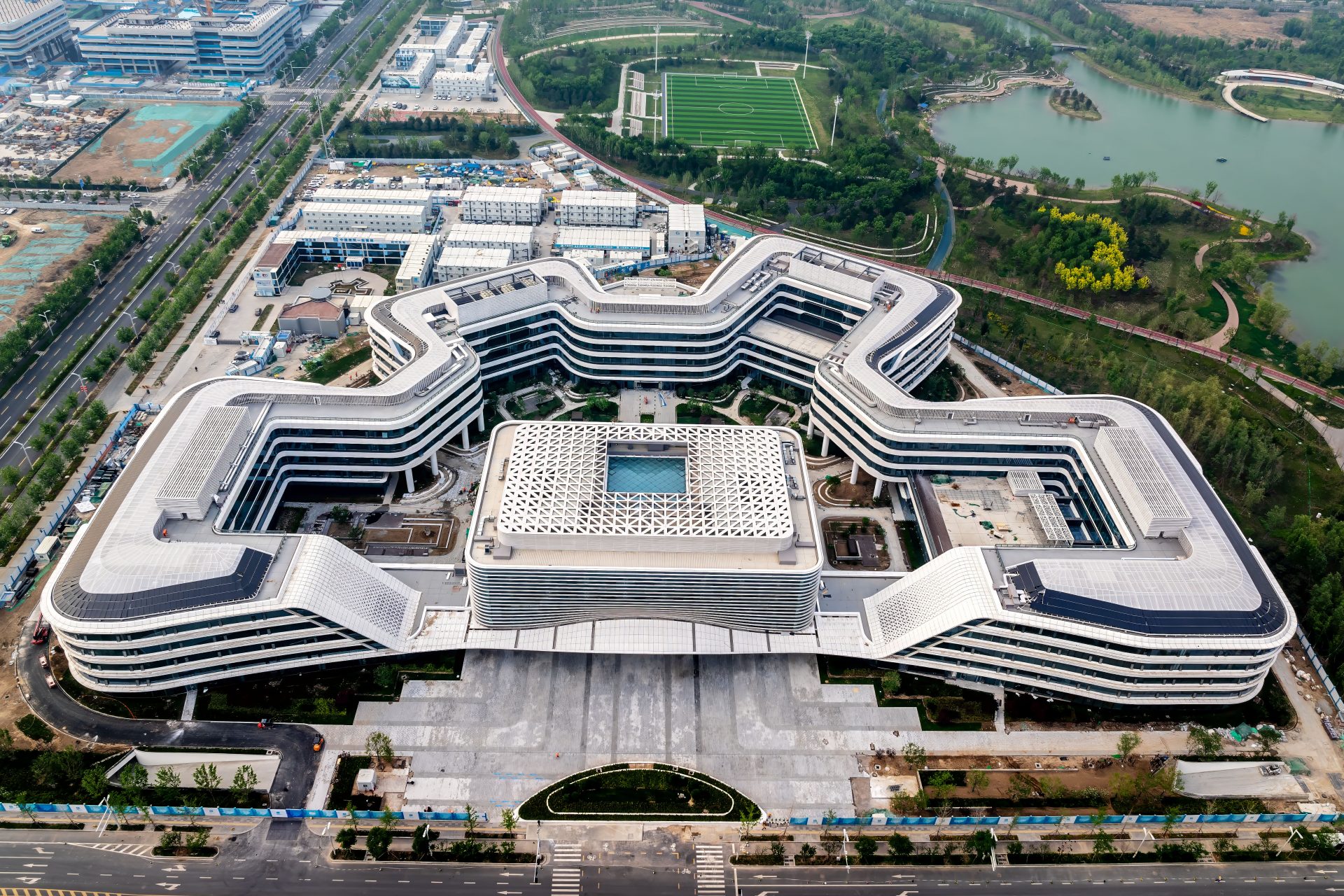How China is gearing up for a possible Doomsday
Global tensions have escalated to levels not seen in decades, stirring fears of a possible large-scale conflict. In response to the volatile geopolitical climate, the Chinese government has begun to prepare for a range of emergency scenarios, including those resembling apocalyptic conditions.
China has begun rigorous testing of its communications systems under simulated apocalyptic scenarios. This precautionary measure is in response to potential global crises, at a time marked by escalating nuclear tensions.
The rise of nuclear threats and natural disasters has prompted China to strengthen its communications infrastructure. At the same time, the scientific community continues to probe the limits of the universe in search of answers about the ultimate fate of humanity.
Before his death in 2018, physicist Stephen Hawking warned of a possible end to the Earth by 2600, when it could turn into "a gigantic ball of fire." In the documentary "The Search for a New Earth," Hawking pointed to global warming, climate change and the greenhouse effect as the main causes of this threat.
The scientific community, such as CERN, is exploring the limits of the universe and asking fundamental questions about its fate. One of the most ambitious experiments seeks to simulate the end of the universe, with the aim of discovering whether we will be able to witness it. This study promises to offer valuable information about the final fate of everything we know.
Chinese researchers have subjected data link hardware to extreme conditions to test its resilience, the South China Morning Post reported. These tests not only exceeded existing military standards, but reflect China’s commitment to the robustness of its communications systems in critical situations.
The simulations included scenarios such as nuclear explosions in the stratosphere, known as electromagnetic pulse (EMP) attacks. This approach aims to ensure that China's critical communications remain operational even in the event of a nuclear attack, strengthening its ability to respond in high-tension situations.
Chinese scientists have raised the bar for HEMP (High Altitude Electromagnetic Pulse) protection, subjecting their equipment to 80 kilovolts per meter, exceeding the usual 50 kilovolt standards in China and the U.S. to simulate a nuclear attack. The results showed that after a brief interruption, the communication systems remained operational, demonstrating remarkable resilience to extreme conditions.
China is strengthening its emergency response capabilities by investing in advanced technologies.
It also promotes the development of quantum communication systems and reinforces military hardware, with the aim of strengthening its infrastructure against possible crises and guaranteeing the resilience of its strategic systems.
In an increasingly uncertain world, it is crucial to look at how these initiatives will impact not only China, but also the global balance in an interconnected world vulnerable to various crises. Pictured here is the office building of China Satellite Networks Group Co.
Never miss a story! Click here to follow The Daily Digest.
More for you
Top Stories























